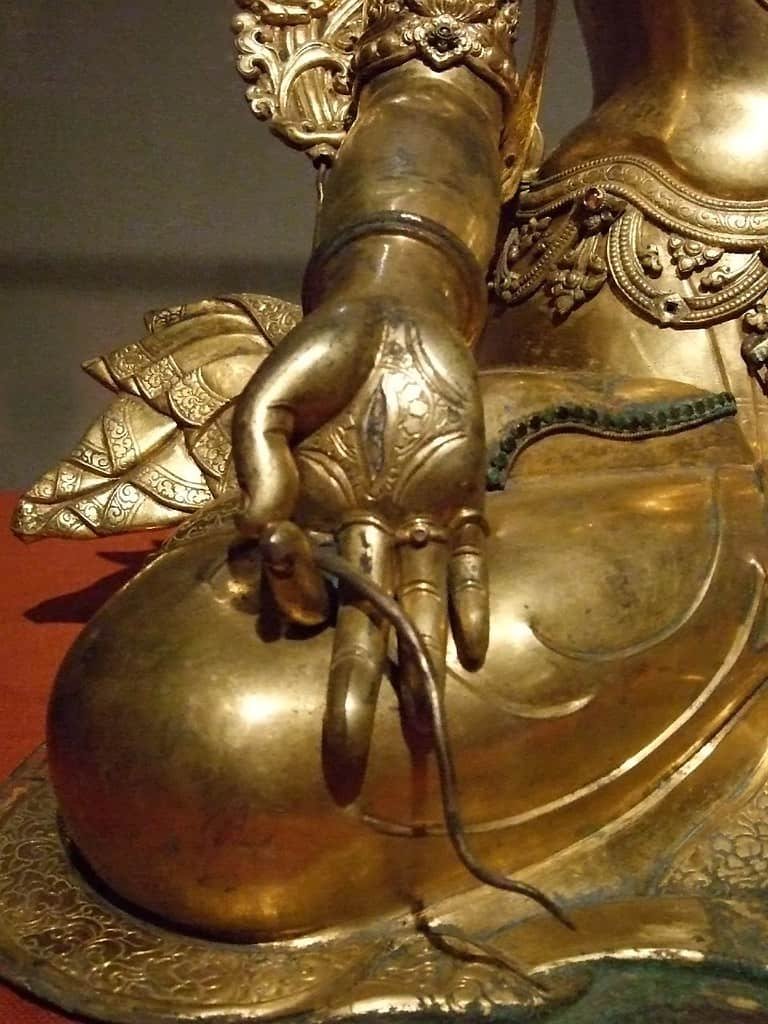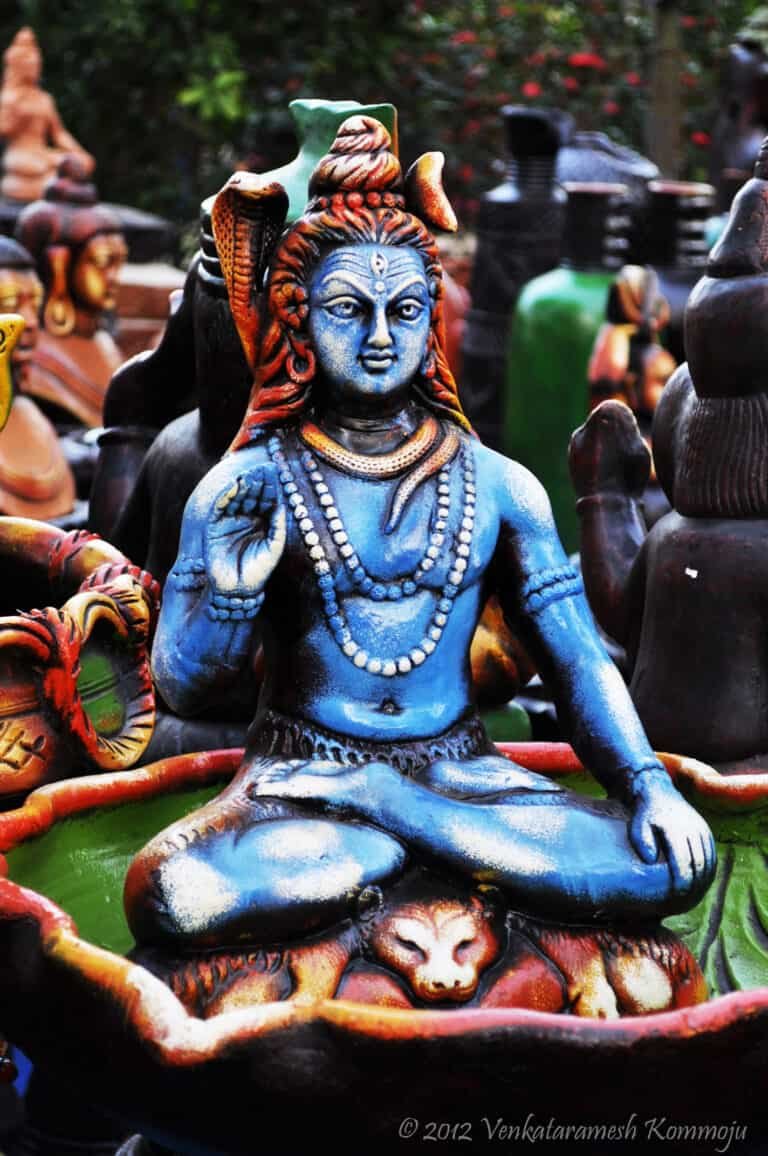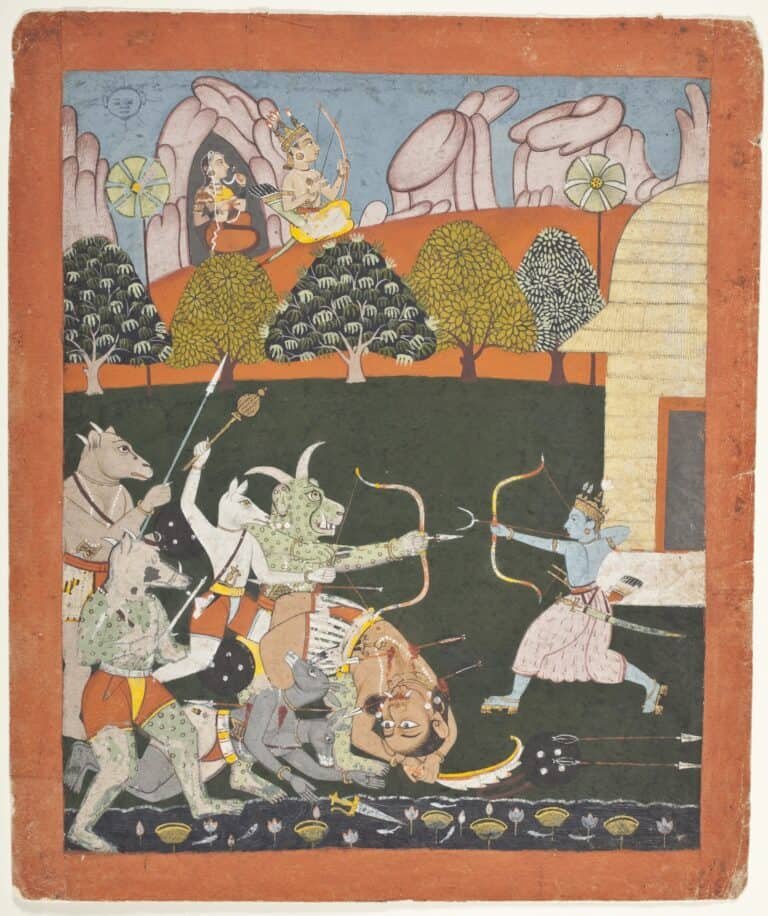Yoga as a truth-seeking

Tantra speaks of the actions of “the All”, which are also the individual’s 5 powers.
These are:
Srsti-creation
Stihiti-stasis
Samhara-dissolving
Tirodhana-forgetting, veiling
Anugraha-unveiling, remembrance
These actions are the acts of consciousness.
Consciousness can create a thought, hold on to a thought, let a thought dissolve, and can forget something by dropping the focus on it. Although oblivion can be nice, it also means that some part of reality is denied, and it creates suffering when the events of the outside world doesn’t make sense, or parts of ourselves are not integrated. For example, we cannot act right when we do not see the whole truth.
Anugraha, remembrance is also called blessing. This because the remembrance causes the suffering of misunderstanding to cease.
In the yogic process, everything that is not compatible with the ultimate truth must fall away. This is for the simple reason that it is simply not true, and that the truth sooner or later must be revealed.
The yogic process is an acceleration of this process of “disclosure”.
This process must be protected for as long as it is in progress. This is because parts of the personality that have not yet dissolved can claim to be, or know, the ultimate truth. The more the person is in contact with truth, the harder these remnants of untruth become to see. It is often said that the most difficult lie to see through, is the one close to the truth.
In this process, help is needed to be able to sort out truth from untruth. Our own blind spots are difficult for ourselves to see. Here traditionally the teacher’s function comes in.
Music: Rise,Jahnavi.



